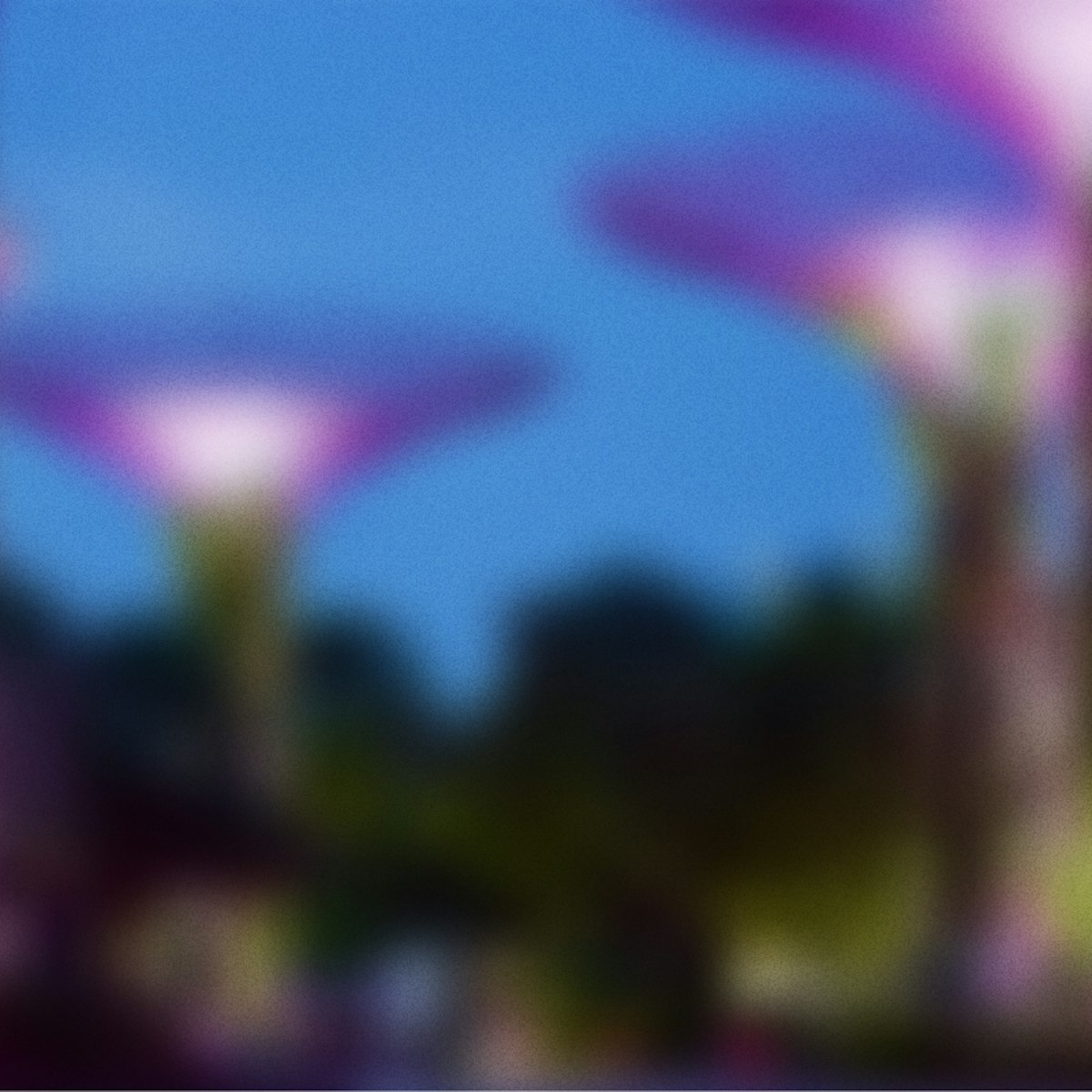
Basilica di San Giovanni Battista dei Fiorentini
Centro Storico
The last resting place of Francesco Borromini and Carlo Maderno, this graceful 16th-century church was commissioned by Pope Leo X as a showcase for…

Basilica di San Giovanni Battista dei Fiorentini
Centro Storico
The last resting place of Francesco Borromini and Carlo Maderno, this graceful 16th-century church was commissioned by Pope Leo X as a showcase for…

Chiesa di Sant'Agnese in Agone
Centro Storico
With its theatrical facade and rich, domed interior, the Chiesa di Sant’Agnese in Agone is typical of Francesco Borromini’s baroque style. The church,…

Centro Storico
Commissioned by Giovanni Battista Pamphilj to celebrate his election as Pope Innocent X in 1644, this elegant baroque palazzo (1650) has been home to the…

Centro Storico
This cobbled Renaissance street lined with antique shops, boutiques and costume jewellers is a lovely place for a stroll. It follows the course of the…

Centro Storico
Beneath Piazza Navona lie the remains of the 1st-century-AD Stadio di Domiziano, over which the square was laid out in the 15th century. This 30,000-seat…

Museo Nazionale Romano: Crypta Balbi
Centro Storico
The least known of the Museo Nazionale Romano's four museums, the Crypta Balbi sits over the ruins of several medieval buildings, themselves set atop the…

Basilica di San Lorenzo in Damaso
Centro Storico
This echoing 4th-century basilica, incorporated into Palazzo della Cancelleria, is one of Rome’s oldest churches. Much altered over the centuries – both…

Centro Storico
Laid out in 1727 to resemble a theatrical set, complete with exits into ‘the wings’, this exquisite rococo piazza is home to the 17th-century Chiesa di…

Centro Storico
Located on the northern flank of Piazza Colonna, the 16th-century Palazzo Chigi has been the official residence of Italy’s prime minister since 1961…

Centro Storico
This charming piazza, surrounded by popular bars and cafes, is overlooked by 11 huge Corinthian columns – all that's left of the 2nd-century Tempio di…

Centro Storico
Originally designed by Giacomo della Porta in 1576, this Piazza Navona fountain was embellished over the course of three centuries. Bernini added the Moor…

Centro Storico
The northernmost of the three fountains on Piazza Navona, this 19th-century creation depicts Neptune fighting with a sea monster, surrounded by sea nymphs.

Centro Storico
Built on the ruins of the Roman temple to Aesculapius, the Graeco-Roman god of medicine, the Isola Tiberina's 10th-century church is an interesting hybrid…

Centro Storico
Check out Rome’s dark side at this macabre museum of crime. Housed in a 19th-century prison, its gruesome collection includes torture devices, murder…

Museo Barracco di Scultura Antica
Centro Storico
This little-known museum, one of the few in Rome that's free to enter, boasts a small but interesting collection of early Mediterranean art. Exhibits…

Centro Storico
The Piè di Marmo is one of the Romans’ favourite monuments. This giant marble foot started life attached to a statue in a 1st-century temple dedicated to…

Centro Storico
Dedicated to iconic military leader Napoleon Bonaparte and his lineage, this museum hosts Napoleonic paintings, sculptures, souvenirs and heirlooms…

Centro Storico
The emperor Augustus had this 6th-century-BC obelisk brought from Heliopolis in Egypt to celebrate his victory over Cleopatra and Mark Antony in 30 BC…

Centro Storico
An overhead arch spanning Via Giulia, the Arco Farnese was designed by Michelangelo as part of an unfinished project to connect Palazzo Farnese with Villa…

Centro Storico
Eleven huge Corinthian columns are all that's left of the 2nd-century Tempio di Adriano. The temple formerly housed Rome’s stock exchange and is now used…

Centro Storico
This volunteer-run outfit looks after about 300 cats, who have the run of the ancient ruins in the Area Sacra of Largo di Torre Argentina.

Centro Storico
Built by Borromini between 1647 and 1648, this landmark clock tower, after which the piazza below is named, was designed for the adjacent convent of San…

Chiesa di Sant’Eligio degli Orefici
Centro Storico
A 16th-century goldsmiths’ church designed by Raphael.

Centro Storico
A real-life house of horrors, Palazzo Cenci was the scene of one of the 16th century’s most infamous crimes, the murder of Francesco Cenci by his long…

Centro Storico
Visible to the south of the Isola Tiberina are the remains of the Pons Aemilius, ancient Rome’s first stone bridge. Dating to the 2nd century BC, it was…

Centro Storico
At the southern end of Via Giulia, the Fontana del Mascherone is a 17th-century fountain showing what looks like a gormless hippy surprised by water…